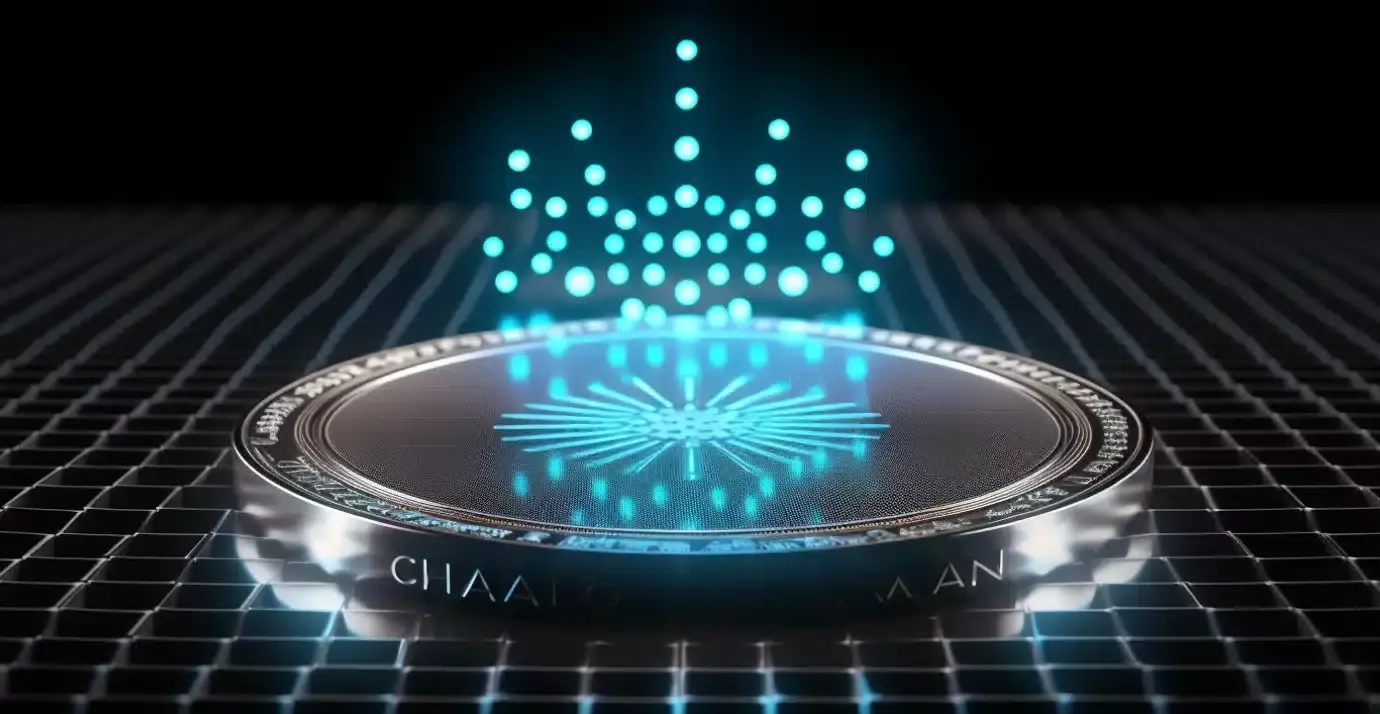One of the key aspects addressed by Charles Hoskinson, the creator of Cardano, was the FUD surrounding the development of the Hydra project. Hydra, a layer-two scaling solution for the Cardano blockchain, has been rumored to have been abandoned. However, Hoskinson made it clear that Hydra is actually more productive and motivated than ever. This scaling solution is designed to enhance transaction processing capacity at a lower cost by implementing off-chain ledgers.
Hydra’s Innovative Protocol
Hydra operates through independent state channels called Hydra Heads, which enable simultaneous processing of multiple transactions off-chain. This innovative protocol aims to maintain Cardano’s decentralized principles while improving scalability securely. Unlike other scalability solutions that compromise decentralization, Hydra can accommodate the addition of more heads as the network expands.
While Hydra promises improved scalability and efficiency for the Cardano blockchain, its success ultimately depends on adoption by developers, businesses, and users. The technical complexities of Hydra are highlighted in a research paper published by Cardano ADA, demonstrating its transformative potential in blockchain technology. Hoskinson’s involvement in dispelling misconceptions about Hydra underlines Cardano’s commitment to promoting interoperability with leading chains such as Ethereum.
Grayscale’s Dynamic Income Fund (GDIF) recently excluded Cardano from its list of staking cryptocurrencies, sparking discussions within the crypto community. GDIF aims to distribute rewards in US dollars on a quarterly basis by staking assets from various blockchains. However, Cardano’s absence in the fund raised questions due to its comparatively lower yield of 3.05% compared to other projects like Osmosis and Polkadot.
The decision to include popular projects like Solana and Ethereum in GDIF over Cardano reflects Grayscale’s strategy to prioritize high-yield projects with significant market capitalization. Solana and Ethereum are among the most traded coins in the market, with a combined worth exceeding $540 billion, making them appealing choices for investment. Inclusion in GDIF could potentially lead to price increases and enhanced security against 51% attacks.
The progress of the Hydra project within Cardano and its exclusion from GDIF by Grayscale pose both challenges and opportunities for the network. By addressing FUD and highlighting the innovative potential of projects like Hydra, Cardano aims to solidify its position as a leading blockchain platform in the ever-evolving crypto landscape.















